Here we share some basic tips that you can easily carry out at home to keep your sewing machine running smoothly and answer some of your commonly asked questions about what to do when your sewing machine won't play ball.
8 sewing machine golden rules!
- DO unplug your machine before attempting any maintenance Even if it’s something as simple as removing the bobbin plate. Metal tools and electricity don’t mix!
- DO refer to your manual for guidance If you don’t have your manual, contact the manufacturer or search online for a copy.
- DO keep your machine under a cover When it's not in use in between projects, cover your machine up to protect it from everyday knocks, dust and spills.
- DON'T remove the main stuff Neer attempt to remove any of the internal machine mechanisms or wiring. Call in the pros for this!
- DON'T spray any cleaning chemicals on your machine Simply use a microfiber cloth to wipe it over. No water should ever to come into contact with the internal parts.
- DON'T attach magnetic pincushions Avoid adding these to your machine as the magnets can cause problems on the inside.
- DON'T force the handle If it won’t turn, you will most likely break the needle and possibly cause expensive damage to the machine. Instead, investigate the problem by raising the presser foot and checking the bobbin case for thread nests.
- DO service your machine if you can with a local professional Often fabric/haberdashery shops will do servicing in-house, or will be able to recommend a third party. You don't have to do this but we service our machines every year or two.
How to fix a sewing machine that won’t sew
Now let's look at some common reasons that your machine isn't doing what it's supposed to! We've all been there – it is really annoying when you just want to get sewing. So we've drawn up these common troubleshooting solutions for you.
Why is my needle breaking?
Check that the needle has been inserted correctly and is not blunt or bent. Don’t pull on the fabric as you sew; this puts pressure on the needle, causing it to break.
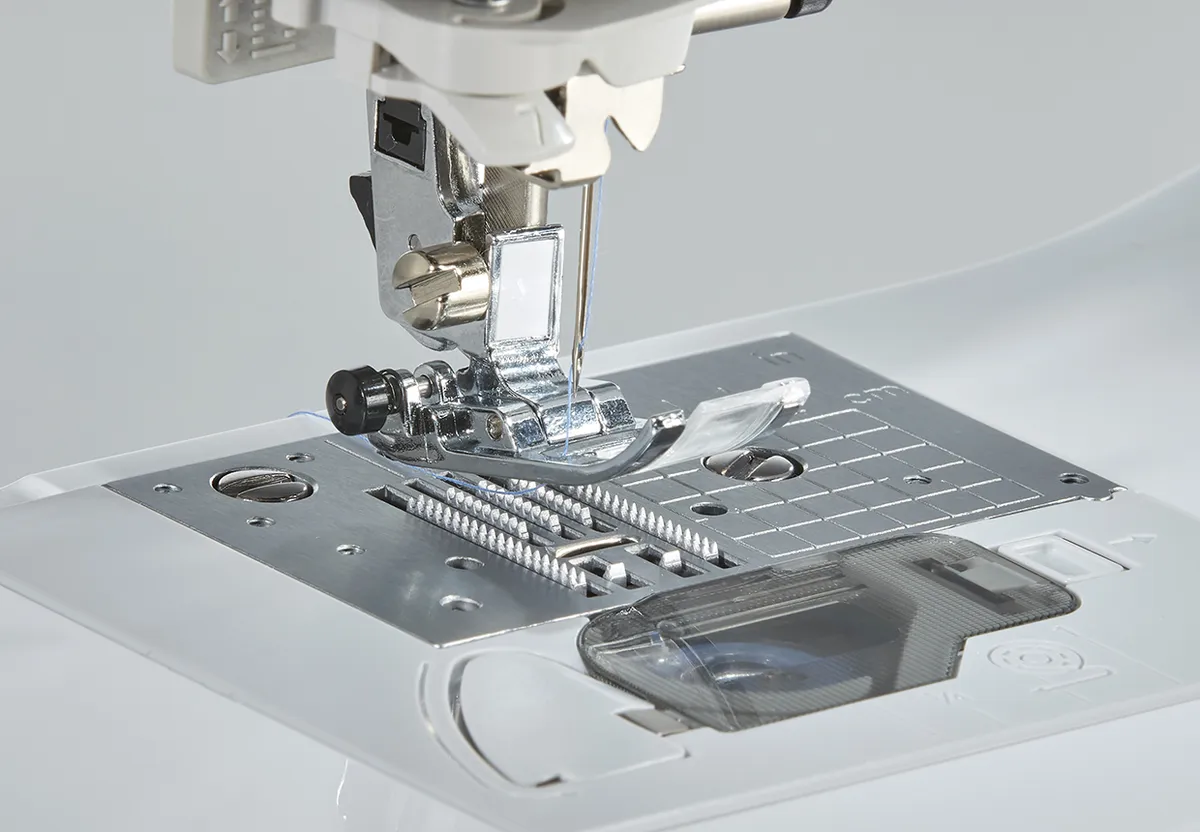
Why is my thread breaking?
Check that the machine is correctly threaded – it's very important that your thread pulls through the machine and needle smoothly – if it catches or snags then the thread will cause problems and you should replace it. Unthread the machine completely and rethread. Check all of the above needle issues. For best results, use a high-quality thread and use the same weight of thread in the upper and lower bobbins.
Why is my machine skipping stitches?
Check all needle and thread issues above. Make sure you are using the correct needle type for your fabric.
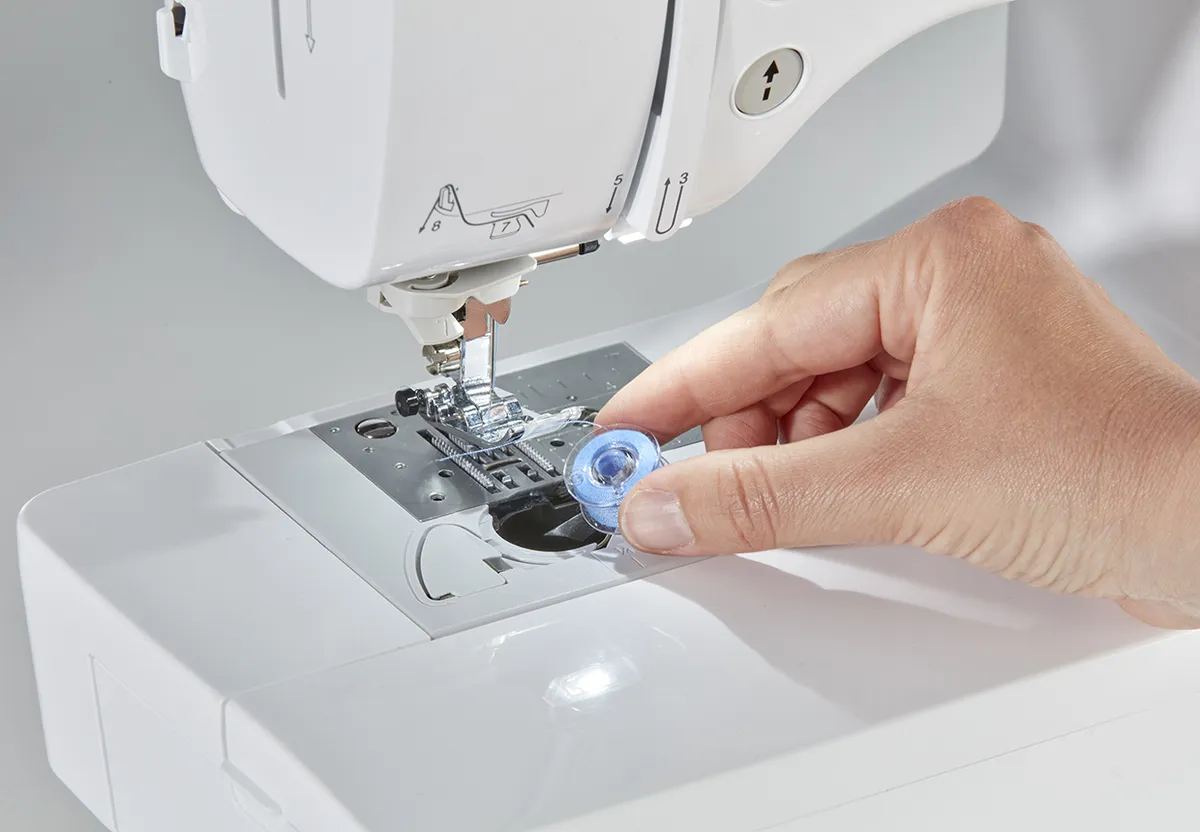
Why is my machine making a loud noise as it sews?
If your machine is making a loud noise with each stitch, the chances are the needle is faulty. Try replacing the needle and see if this fixes the problem. If not, it might be time to call in the professionals.
Why are my seams puckered?
Check the thread tension, as explained below. Check that the machine is threaded correctly. Unthread and rethread it if necessary.
How do I fix my sewing machine thread tension?
If your tension is too tight the thread may appear as a straight line on the top side of the fabric, rather than as individual stitches. The fabric may also pucker as you sew. The bobbin thread is being pulled very tight which causes the puckers.
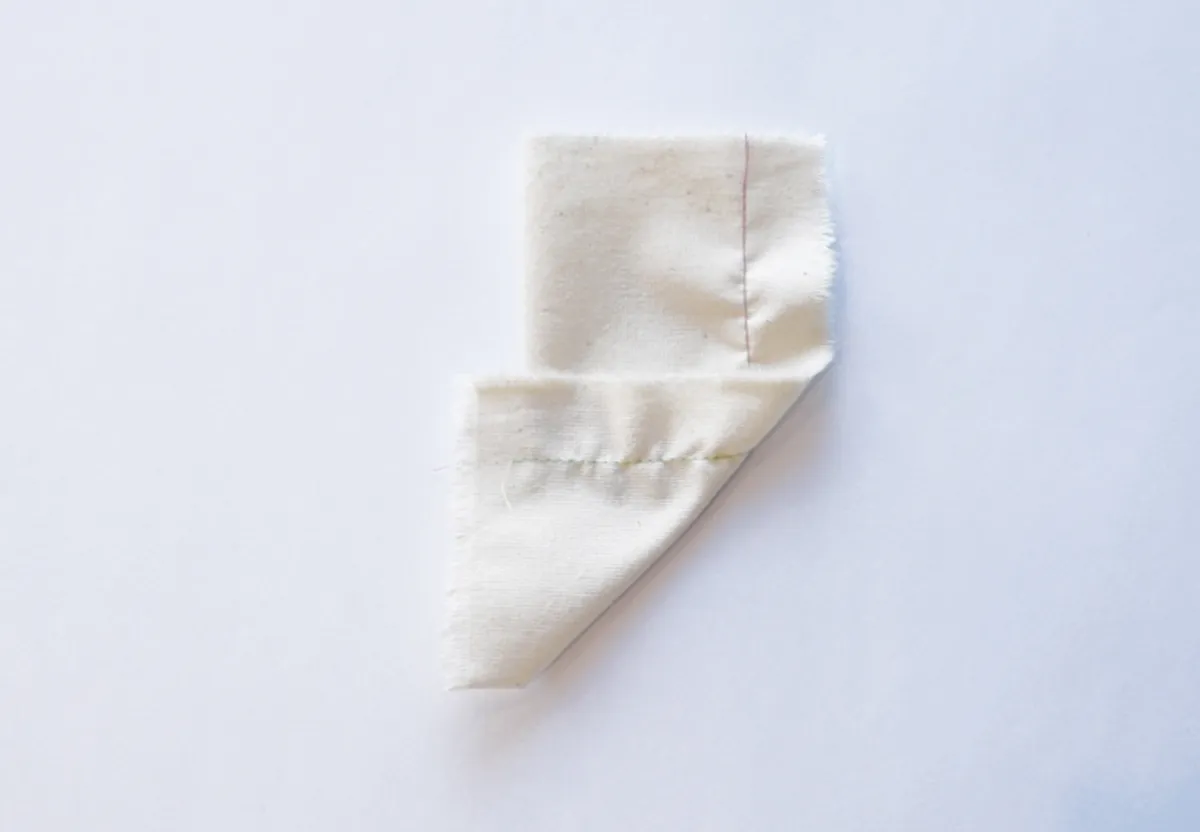
If your tension is too loose, the thread may appear as a straight line on the under side of the fabric. The thread on the top side of the fabric may have loops or be visibly loose.
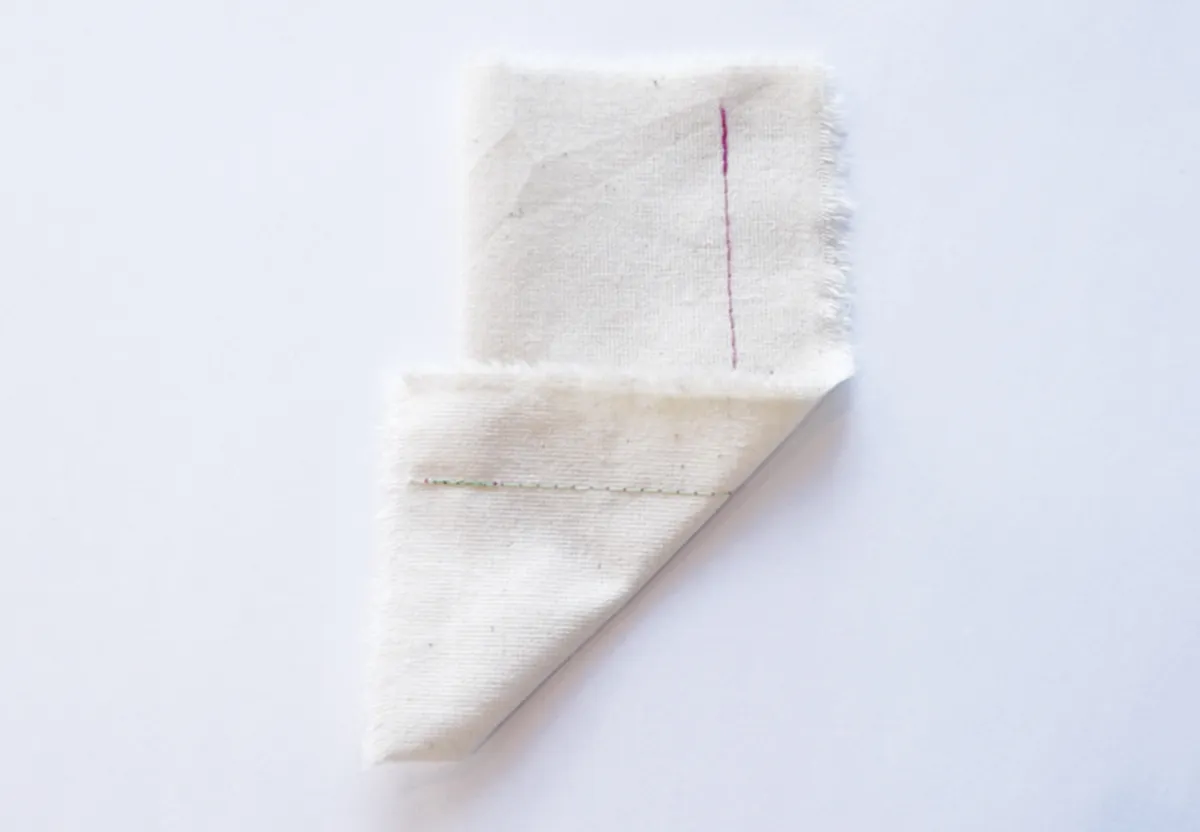
Move the tension dial on your machine according to the issue you have – the higher the number, the tighter the tension. It may also help to check your sewing machine manual to see which thread tension setting you should use for different types of fabric. You may need a different tension for sewing heavier weight fabrics like denim than you would for a light quilting cotton.
Why isn't my fabric feeding in properly?
Dust the feed dogs so that they are free of lint and oil. Check that the presser foot is in the down position. The pressure foot pressure can also sometimes be altered – refer to your manual for guidance.
If your machine has a drop feed, double check that this hasn't been lowered by accident. If it has, raise the feed, as its job is to help your fabric be fed into the machine as you stitch. Once your drop feed switch has been reset to raised, turn the hand wheel on your machine one complete turn to raise the feet into position.
One last thing to check is the stitch length on your machine – too low and your machine might not feed through enough. Check your machine's manual to find out more about its different stitch length settings.
Why is my thread bunching up under the fabric?
We've spent many an hour grappling with this issue ourselves! Start by re-threading both your top and bottom threads with the presser foot raised. Check the position of your bobbin case and reload it. Finally check your tension settings and check that the take-up lever is threaded correctly (Brother have a handy guide for How to Thread the Take Up Lever). Once you've run through these steps, you should find you're good to go again.
Why isn't my needle moving?
One quick thing to check is if your machine is accidentally still in bobbin winding mode – slide the bobbin winder shaft to the left and you should be back in sewing mode.
Why won't my machine pick up the lower thread?
First up, see if your needle is bent and try replacing it. Now rethread the whole machine and check that the bobbin is correctly loaded and ready to go.
Why won't my machine switch on?
Check the power supply and that the power cord is firmly in place. Check the fuse too – it’s a simple thing that can be overlooked but it could help you avoid having to send your machine off for repair or replacement. If this doesn't work, contact your local sewing machine shop or the manufacturer – this is an issue for the pros!
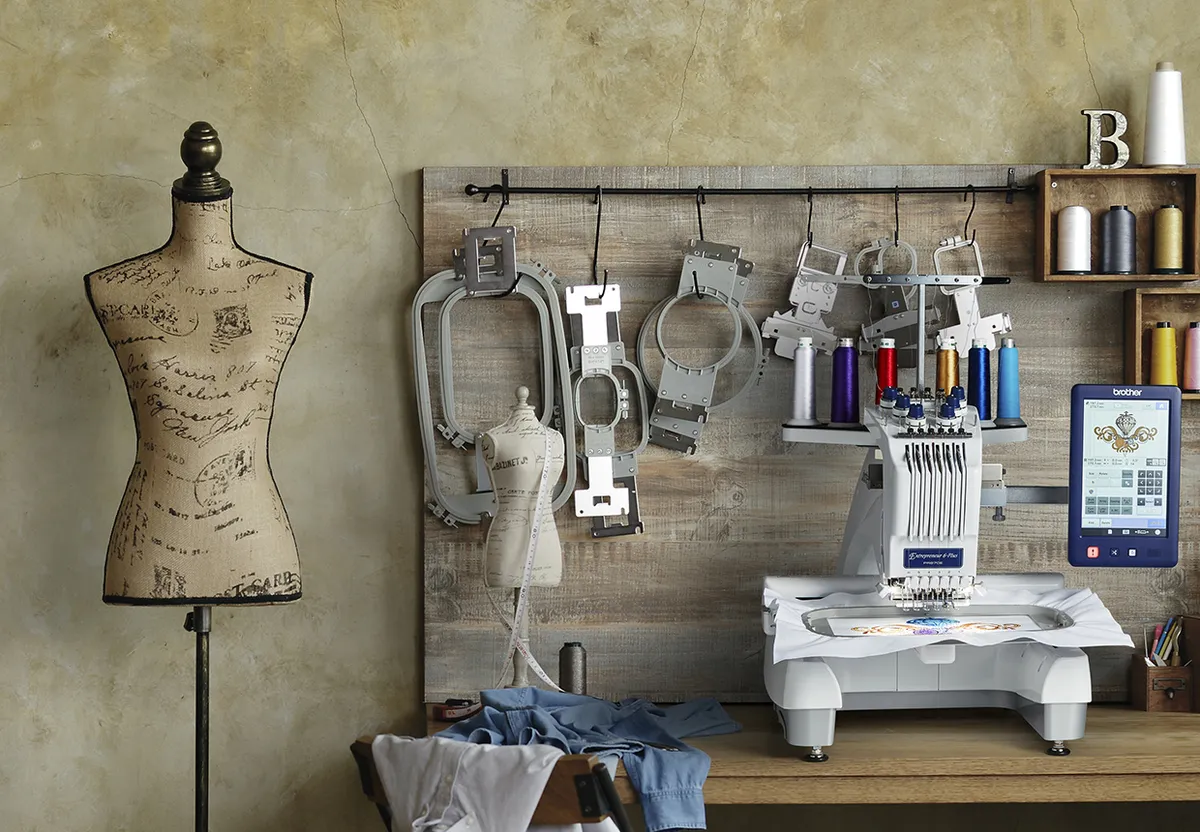
How to look after your sewing machine
How to clean the bobbin case
Remove the bobbin plate (you may need a screwdriver for this – don’t use the wrong screwdriver as you will strip the head of the screw and, as screws in sewing machines are very specific, you may struggle to find a replacement).
Fabrics and threads will leave lint behind, so sweep out the bobbin case and around the needle after every project. You should unscrew the bobbin plate every two or three projects and have a good sweep out inside. Use tweezers to pick up any difficult-to-reach pieces of lint, but don’t blow in the machine as bits of moisture can cause issues with it, and blowing the lint may just force it further into the machine.
How to oil your machine
Some sewing machines need occasional oiling, however some modern machines do not. Check in your manual before going near your machine with oil! If it is necessary to oil your machine, the manual will tell you where to put the oil, and you should have a cloth or rag to hand to mop up any excess. Before sewing you will need to check that there is no oil left over and run a scrap of fabric through the machine to be sure. Oil will quickly ruin any project that picks up excess!
How to look after your needles
Bent needles can be hard to spot – if you’re not sure, remove the needle from the sewing machine and lay it out on your surface to assess whether it needs replacing. Even if a needle is bent the tiniest amount it will be enough to affect the quality of stitches. Snapped needles are usually easier to spot than a bent needle. Use a new needle for each project and always use the correct needle for your fabric – ballpoint for stretch fabrics, sharp needles for fine fabrics, and so on – as this will prevent skipped stitches or snags in your fabric.
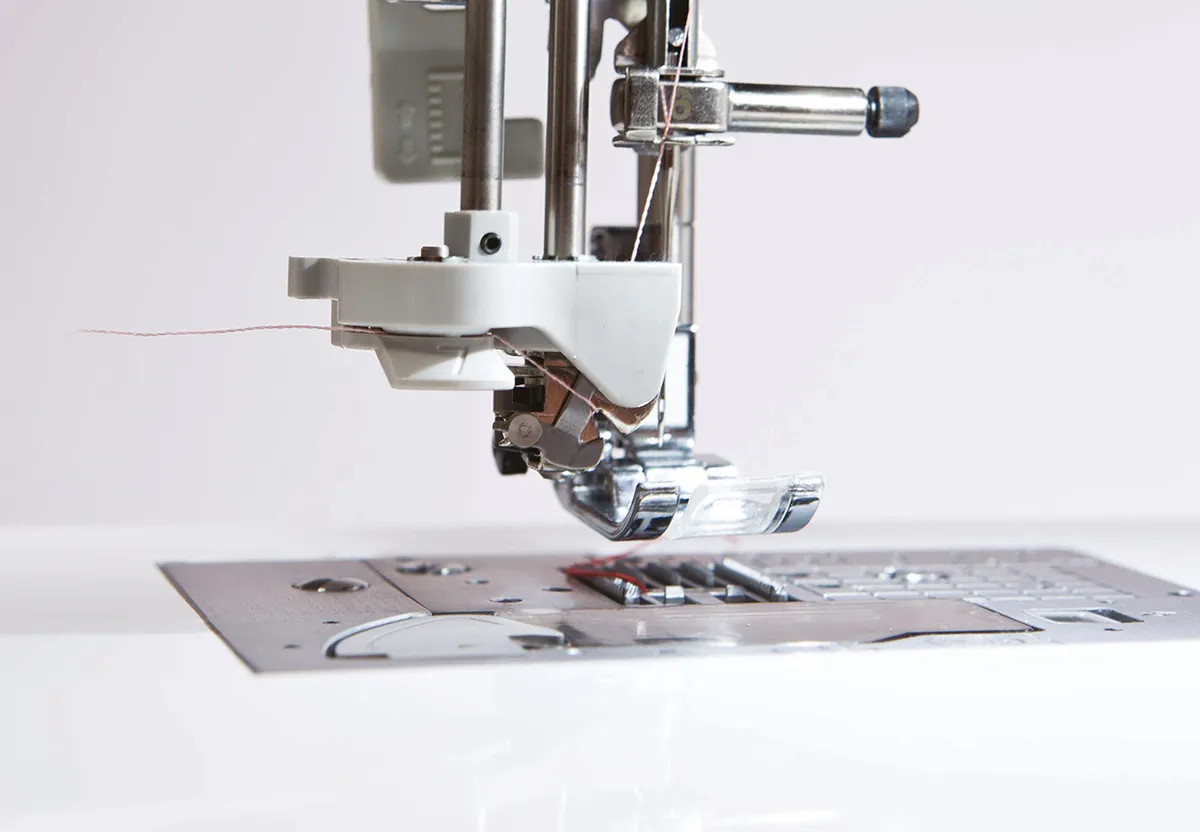
How to clean a sewing machine
When was the last time your machine was serviced? For some of us, it might have been a few months ago, and for others a few years – but, more commonly, it’s never! The key to achieving the best stitching quality and prolonging the life of your machine is to ensure it is in proper working order with a professional service at least once a year. Doing a DIY service every few months won’t mean you never need a professional service, but it will ensure your machine will serve you for the longest possible time. Think of it as you would your car – yearly services are essential, but that doesn’t mean you don’t top up the oil and care for it in between! Try our tips and step-by-step cleaning guide in our sister post, How to clean a sewing machine
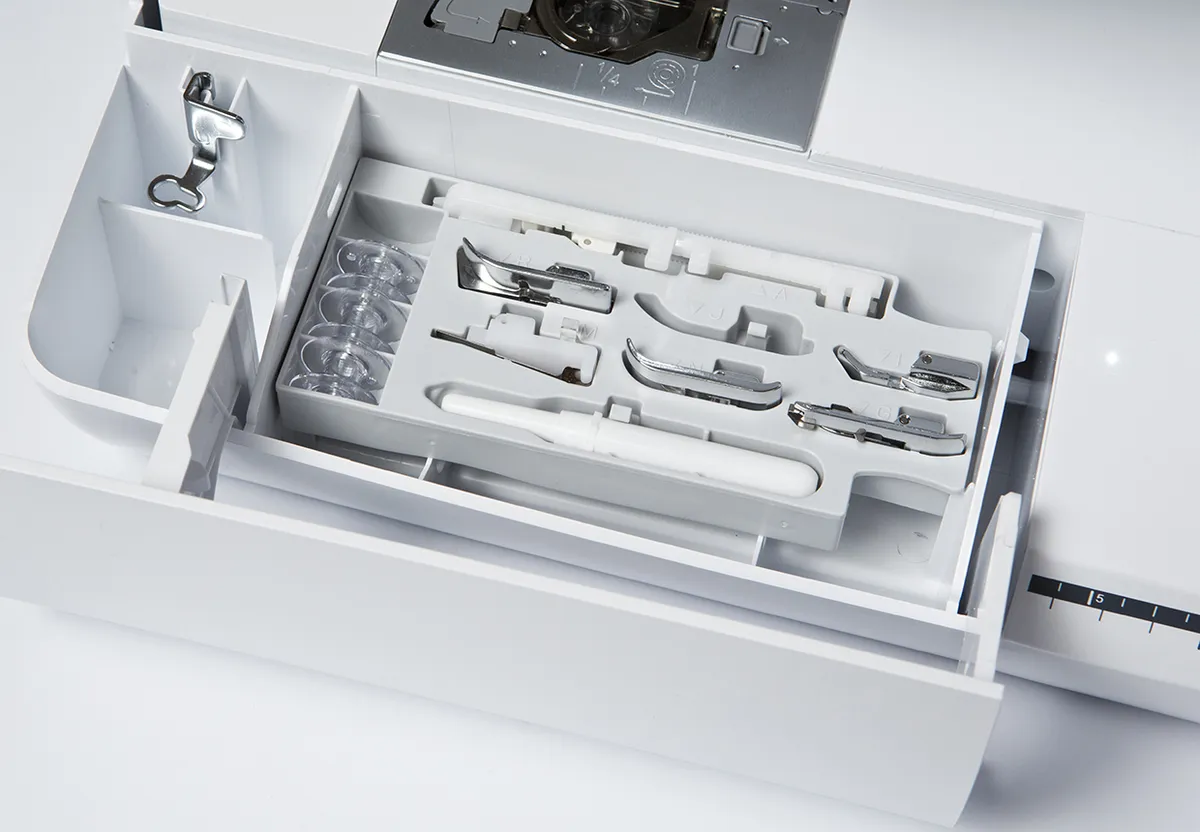
Looking to upgrade your machine?
Brother are offering money off some of their most popular sewing machines. Save up to £500 off their machines and get bonus accessories from threads to carry bags too! Find out more on the Brother sewing machines website.
Treat yourself to new kit
- Get the Innov-is A150 for £499 plus free Creative Quilt Kit worth £149.99
- Embroiders can save £300 on the Innov-is NV800E
- Calling all quilters! Save £300 on the Innov-is NV1800Q
- Save £500 when you buy the Stellaire Innov-is XJ1 and get a Free Trolley bag set worth £269.99
- Treat yourself to the PR670e and get a free stand and either Cap Frame and Driver Set or PE Design 11 (worth up to £1,398)
Offers valid 1st April - 31st May 2020

